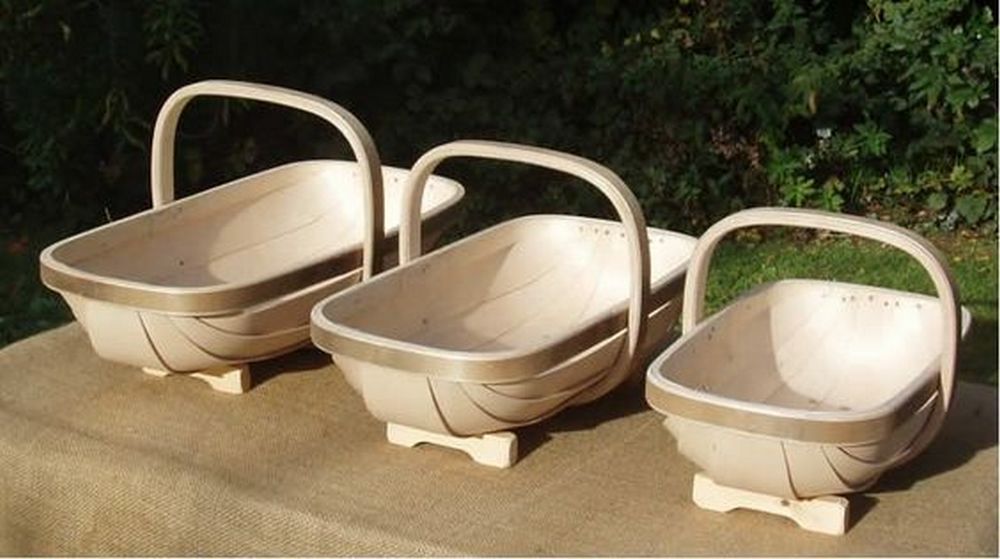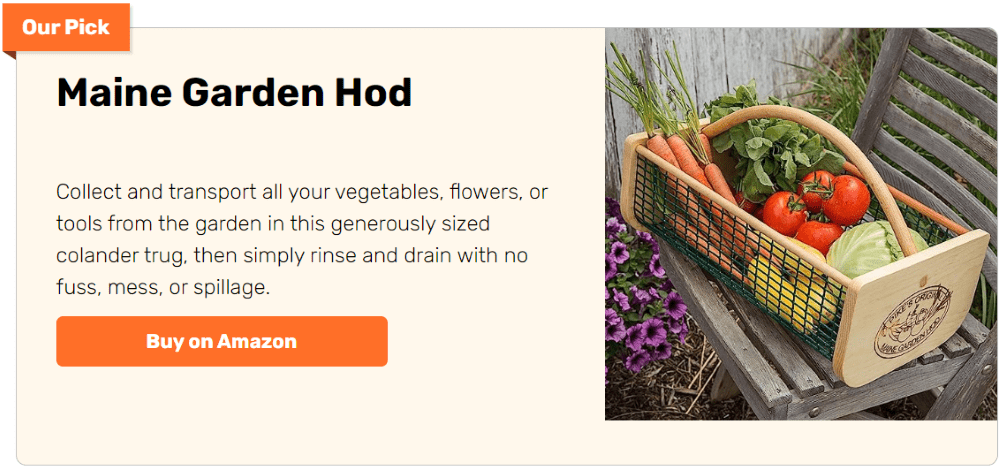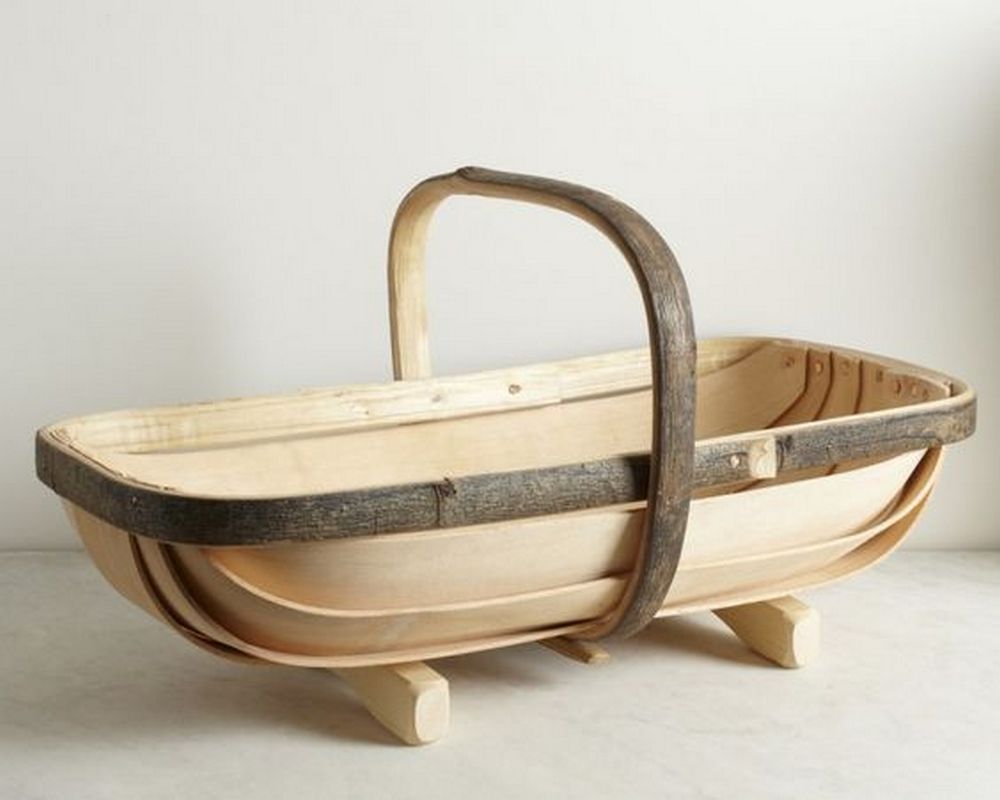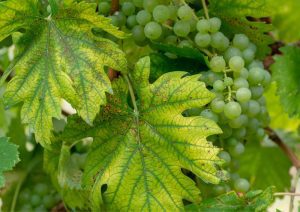
A full-fledged gardener will know just how important a garden trug is. It’s actually a harvest basket, considered an essential garden accessory. It’s mostly used for carrying tools or freshly picked vegetables, fruits, and flowers.

There had been a lot of variations to the garden trug. But I still like the classic ones. I think they look charming, bringing a touch of country style inside our home. My husband knows this, of course. And for my birthday, instead of buying me a garden trug, he made me one.

Normally, a trug costs around USD30-50. My husband, on one hand, spent very little than that. Using reclaimed wood and some wood slats, he scored a deal. He said he made it in less than a day – and the finished product is gorgeous!
If you’re an avid gardener, or if you know someone who is one, this DIY garden trug is a perfect gift. It’s a basic build requiring basic woodworking skills.
Crafting a Garden Trug
Contents
Materials
- 1/2″ x 5″ x 4′ wood
- 3 pcs – 1.5″ x 1/4″ x 8′ wood
- Nails
- Glue
- Stain or Paint (optional)
- Rope (1/2” diameter, by 6’)
Tools
- Jig or band saw
- Drill and 9/16” bit
- Hammer or Nail Gun
- Sander
Instructions
Step 1: Sand the Wood
Before you start cutting, sand all pieces of wood to get rid of any rough edges or splinters.
Step 2: Cutting Time
- Cut your 4′ piece of wood into two 2′ sections. These will serve as the base of your trug.
- Take the long strips (8′ each) and cut six 16″ lengths for the sides and ends.
Step 3: Put Together the Base and Sides
- Place the two base pieces parallel, about 5 inches apart.
- Slather some glue on their long edges where you’ll attach the side slats.
- Align your 16″ pieces along these edges to form the sides and ends. Nail them down securely.
Step 4: End Handles
- For the handles, attach a 16″ piece vertically at each end of the trug.
- Again, use both glue and nails to make sure they’re really solid.
Step 5: Drilling Holes
- Decide where you want your rope handles to go and mark these spots on the end pieces.
- Drill through these marks with your 9/16” bit.
Step 6: Rope Handles
- Cut the rope into two equal 3′ pieces.
- Thread each piece through the holes you just drilled, and tie a strong knot on the inside to keep the rope from pulling through.
Step 7: Make It Pretty
- Now’s the time to add some personality! Stain or paint your trug in any color or style you like. Let it dry fully.
Step 8: The Once-Over
- Give your trug one last check. Make sure everything is solid and there are no sharp edges or loose nails.
- Smooth any rough spots with your sander, especially if you’ve painted or stained.
Click on any image to start the lightbox display. Use your Esc key to close the lightbox.
Do you want your own garden trug? Learn how to make one! Watch this video.
Benefits of Using a Garden Trug
Garden trugs are more than just charming accessories; they serve as practical tools for gardeners at every skill level. Here’s a closer look at why incorporating a garden trug into your gardening routine can enhance your efficiency and enjoyment.
Easy Transport
A garden trug is specifically designed to help you carry a variety of items around the garden with ease. Whether you’re moving soil, tools, or harvests, the sturdy structure and comfortable handles make it effortless to transport these essentials from one spot to another. It saves multiple trips and helps keep everything you need close at hand.
Protects Your Harvest
Using a garden trug can help protect your fruits, vegetables, and flowers from damage while transporting them. The soft interior of a well-made trug ensures that delicate items don’t get bruised or squashed on the way from garden to kitchen. This is especially useful for tender vegetables and ripe fruit.
Versatility
Not only is a garden trug perfect for hauling garden goods, but it can also serve multiple roles around your home. Use it to store garden tools, as a decorative planter, or even for carrying picnic items to your outdoor dining area. Its versatile nature makes it a worthwhile investment for both gardeners and home decorators.
Aesthetic Appeal
A garden trug often features a rustic, charming design that enhances the visual appeal of your garden space. When not in use, it can add a touch of country elegance to your garden shed or greenhouse. Its aesthetic appeal is timeless, making the garden trug a favorite among garden enthusiasts who value both form and function.
Each of these benefits highlights why a garden trug is considered an essential tool for anyone who enjoys gardening. Its practicality, coupled with its visual appeal, ensures that a garden trug remains a beloved staple in gardens worldwide.
Different Types of Materials for Garden Trugs
Garden trugs come in a variety of materials, each offering unique benefits and aesthetic appeal. Choosing the right material for your garden trug can depend on factors like durability, maintenance, and personal style preferences.
Here’s an overview of the different materials commonly used for garden trugs, helping you decide which might be best for your gardening needs.
Wooden Trugs
Wood is the classic choice for garden trugs, revered for its natural beauty and traditional appeal. Typically made from hardwoods like oak or softwoods like pine, wooden trugs are sturdy and can last for years if properly cared for. They require some maintenance, such as occasional sealing to prevent moisture damage, but their timeless look and strength make them a favorite among gardeners.
Metal Trugs
Metal trugs, often crafted from aluminum or galvanized steel, are known for their durability and modern look. They are lightweight, rust-resistant, and easy to clean, making them practical for gardeners who need a robust and low-maintenance option. Metal trugs can also feature various finishes or colors, providing a sleek and functional gardening tool.
Plastic Trugs
Plastic trugs are an affordable and versatile choice. They come in a wide range of colors and sizes, making them popular for gardeners who appreciate customization. Plastic is waterproof and incredibly easy to clean—simply rinse it with a hose. While not as durable as wood or metal, plastic trugs are lightweight and perfect for light gardening tasks.
Woven Trugs
Woven trugs, made from materials like willow or rattan, offer a unique, artisanal touch to garden activities. They are typically lighter than wood or metal trugs but still provide sufficient durability for light to medium gardening tasks. Woven trugs are perfect for those who value aesthetics and want a trug that doubles as a decorative item in the garden.
Choosing the right material for your garden trug can enhance your gardening experience by providing a mix of functionality and style. Whether you prefer the rustic charm of wood, the sleekness of metal, the practicality of plastic, or the artisanal look of woven materials, there’s a garden trug to suit every gardener’s needs.
Maintenance and Care for Garden Trugs
Proper maintenance and care are essential for extending the life of your garden trug, regardless of the material it is made from. Regular upkeep ensures your trug remains functional and attractive, ready to assist you with various gardening tasks.
Here’s how to care for garden trugs made from different materials.
Caring for Wooden Trugs
- Regular Cleaning: Dust off soil and debris after each use. Occasionally, wash with soapy water and a soft brush, then allow it to dry thoroughly to prevent mold and mildew.
- Moisture Protection: Apply a wood sealant annually to protect against moisture and weather damage. This is especially important if you leave your trug outdoors.
- Repair Damage: Fix any loose nails or splintered wood promptly to prevent further deterioration.
Maintaining Metal Trugs
- Rust Prevention: For metal trugs, especially those not made of stainless steel, apply a rust-resistant coating once a year. This helps maintain its appearance and structural integrity.
- Cleaning: Wipe down with a damp cloth to remove dirt and grime. For tougher stains, use a mild detergent solution.
- Scratches and Dents: Touch up scratches with paint or a protective spray to prevent rust. Dents can usually be hammered out from the opposite side.
Upkeep for Plastic Trugs
- Simple Cleaning: Plastic trugs are the easiest to maintain. Clean with water and mild soap. They are resistant to stains and do not rust, making them very low maintenance.
- Sunlight Protection: Keep your plastic trug out of direct sunlight when not in use, as prolonged exposure can cause the plastic to weaken and crack.
Care for Woven Trugs
- Gentle Cleaning: Use a brush to remove dirt and debris. If necessary, spot clean with a damp cloth and mild soap, then air dry completely.
- Avoid Moisture: Store in a dry place to prevent mold and rot. Do not leave woven trugs outside in wet conditions.
- Handling Wear and Tear: Mend any broken strands or reweave areas that become loose to maintain structural strength and appearance.
By following these tailored care instructions, you can ensure your garden trug remains a helpful companion in your gardening activities for years to come. Proper maintenance not only preserves the functionality but also the aesthetic appeal of your trug, making gardening more enjoyable.
Conclusion
Building your own garden trug offers a rewarding experience that combines craftsmanship with practical gardening use. Tailoring it to fit your specific needs and style preferences allows for a personalized touch in your garden routine. With the right care, this versatile tool will serve you well through many gardening seasons.








